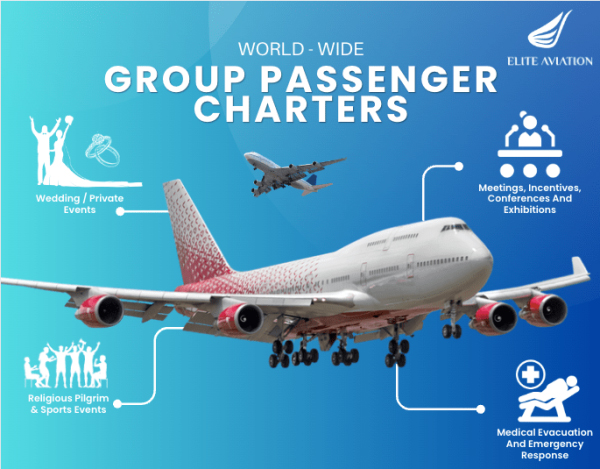[ad_1]
On 11 August, Spirit Airlines dropped a bombshell in its quarterly filing with the Securities and Exchange Commission: a going-concern warning.
For those who’ve read enough 10-Qs to know, that’s the big red flag no airline wants on its record. It’s essentially management’s formal admission that there is “substantial doubt” about the company’s ability to keep operating over the next 12 months without drastic changes or an infusion of cash.
For Spirit, this comes just five months after emerging from bankruptcy, making the timing particularly troubling.

In finance terms, a going-concern warning is more than just an “Uh-oh.” It’s the legal signal that the company might not make it another year under current conditions. Auditors and management issue these when they believe the business may struggle to meet its obligations, avoid default, or stave off liquidation.
As the filing spells out, Spirit “continued to be affected by adverse market conditions, including elevated domestic capacity and continued weak demand for domestic leisure travel in the second quarter of 2025, resulting in a challenging pricing environment.”
In Spirit’s case, the warning points directly to its post-bankruptcy debt agreements and a potentially deal-breaking issue with its credit card processor. The processor has told Spirit it will need more collateral to keep the partnership going after 31 December. Without that agreement in place, Spirit risks losing the ability to process ticket payments the way it does now, a nightmare scenario for any airline.

Spirit’s current troubles are made more jarring by how quickly they have surfaced after its March 2025 bankruptcy exit. That restructuring trimmed debt and was meant to stabilize operations. It was also historic — Spirit was the first major U.S. airline to enter bankruptcy protection since American Airlines in 2011.
The airline had already endured a turbulent few years: failed merger attempts, a full bankruptcy process, and a partial reinvention of its product. Under then-CEO Ted Christie, Spirit moved to attract a more premium customer base. That meant rolling out a premium economy option, adding extra-legroom seating, revamping its frequent flyer program, and expanding partnerships to boost revenue per passenger. Those initiatives paid off better than expected compared to the “bare bottom” fares the ULCC was known for (remember when their bright yellow engines proudly declared Spirit was home of the “bare fare”?).
But the bigger picture was less rosy. In April 2025, Christie stepped down, and Dave Davis — formerly president and CFO of Sun Country Airlines — took over as CEO. Now Davis must confront a solvency crisis head-on.

The Dania Beach-based carrier’s troubles go beyond internal challenges. The US domestic market is oversupplied with seats, particularly in the leisure segment where Spirit competes most aggressively. Compounding the issue are ongoing problems with Pratt & Whitney PW1100G-JM geared turbofan (GTF) engines, tied to contaminated powdered metal used in certain components. These issues have forced the grounding of numerous Airbus aircraft worldwide, further limiting available capacity. Layer onto that an economy showing signs of strain, and you have a recipe for weaker demand from budget-conscious travelers, who are often the first to scale back travel plans when times get tough.
Spirit has cut capacity by more than one million seats compared to last year, even as it has added destinations like Key West International Airport (EYW), Middle Georgia Regional Airport (MCN) in Macon, Georgia, Philip S. W. Goldson International Airport (BZE) in Belize City, Belize, and Owen Roberts International Airport (GCM) in Grand Cayman, Cayman Islands.
The airline has also announced it will furlough about 270 pilots and demote 140, beginning on 1 November. This contraction marks the third round of pilot furloughs or downgrades since September 2024.

Spirit’s filing makes it plain: without new cash, default looms. Management is weighing options, including selling additional aircraft, real estate, and even airport gates. However, they admit these moves may not be enough, conceding, “There can be no assurance that such initiatives will be successful.”
The options on the table sound familiar to anyone who has followed Spirit’s recent history: merge, shrink, or liquidate. The JetBlue deal died in 2024 after DOJ intervention. Talks with Frontier resumed last October, but Spirit rejected the offer, citing costs, risks, and the chance regulators would block it again.
Given the warning in the 10-Q, the window for Spirit to pull off a successful merger—or even a survival-level restructuring—is closing fast.
Spirit now finds itself at an unenviable crossroads. With a going-concern warning on record, a CEO just months into the job, and an airline model under pressure from both market oversaturation and macroeconomic headwinds, the next 12 months will determine whether the flying school buses remain a fixture at US airports or join the ranks of carriers that couldn’t make it through the turbulence.
[ad_2]
Source link


